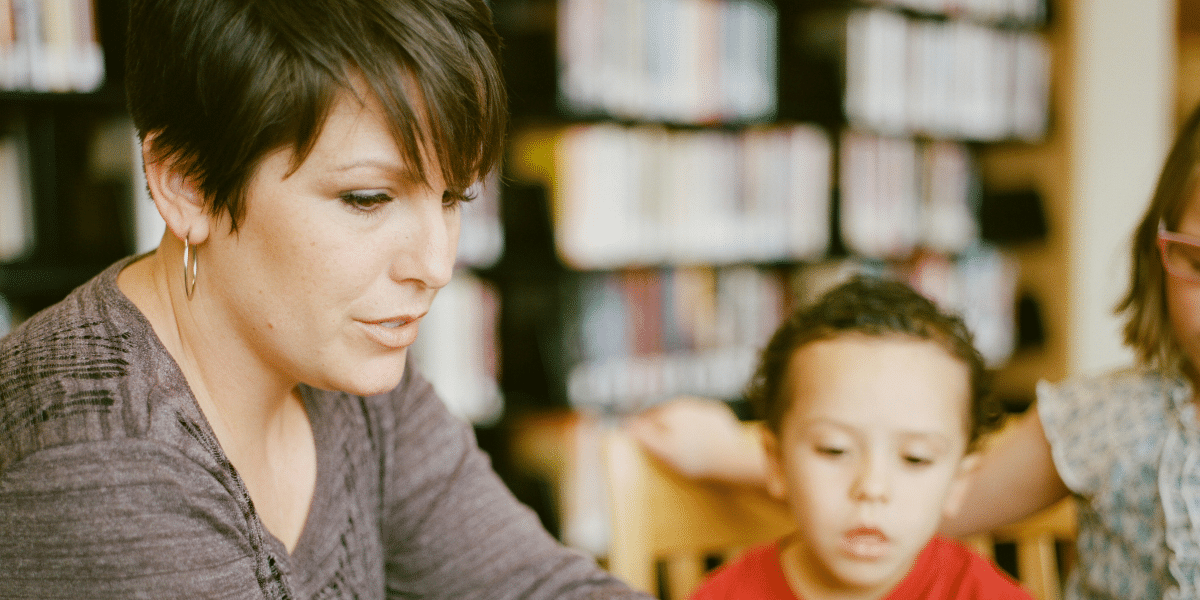Teaching third graders can be both exciting and challenging. Kids are eager to learn at this stage and often full of questions. Innovative teaching strategies are essential to capture their attention and inspire a love of learning. These methods aim to engage young minds and encourage growth, helping students view mistakes as learning opportunities.
Integrating creativity into your lessons can significantly enhance student engagement and connection with the material. By using hands-on activities, storytelling, and interactive technology, you help students connect with the material in meaningful ways. This fosters a positive learning environment where students feel comfortable expressing themselves.
Try these strategies to make learning an adventure:
- Use the classroom walls for anchor charts, which serve as visual reminders of key concepts.
- Introduce technology in fun ways to engage digital learners.
- Encourage creative problem-solving with group projects and discussions.
These approaches can help create a classroom where creativity and learning thrive, setting the stage for a successful year.
Creating an Engaging Learning Environment
Establishing a welcoming atmosphere is important to creating an engaging learning environment for third graders. This includes starting the day with morning meetings, setting effective classroom routines, using visual aids like anchor charts, and incorporating brain breaks to help students recharge.
The Role of Morning Meetings
Morning meetings help set a positive tone for the day. They give students a chance to share their thoughts and listen to their classmates, fostering a sense of community and belonging.
Structure your morning meeting with a greeting, sharing time, an activity, and a morning message. Greet each student by name to make them feel seen and valued.
Sharing time lets kids express themselves, and the group activity encourages teamwork. The morning message highlights the day’s goals. Instilling this routine will create a warm environment where students feel connected.
Effective Classroom Routines
Effective routines bring structure and predictability to the classroom. They help students know what to expect and reduce anxiety. Start by outlining clear and simple rules. These can include how to line up, raise hands, and transition between activities. Using a chart to display these rules is helpful.
Creating a visual daily schedule can also be beneficial. This lets students anticipate what’s next, keeping them engaged throughout the day. Regularly practicing these routines will build consistency and help students stay focused and ready to learn.
Assign classroom jobs to instill responsibility. This teaches accountability and interdependence, essential parts of a harmonious learning space.
Utilizing Anchor Charts
Anchor charts are powerful tools for supporting learning in the classroom. They visually represent ideas, helping students understand and remember key concepts. Use bold colors and clear lettering to make them eye-catching and easy to read.
Collaborate with students when making an anchor chart. This involvement increases investment in the learning process. Display charts prominently so students can refer back anytime.
Topics like math strategies, reading comprehension tips, and science vocabulary are ideal for anchor charts. Regularly updating and discussing these charts reinforces learning and maintains student interest.
Incorporating Brain Breaks
Brain breaks are short, planned intervals that refresh students’ minds. These breaks improve focus, reduce stress, and boost productivity. Aim to use them every hour or as transitions between lessons.
Popular brain breaks include quick exercises, dance sessions, or simple breathing exercises. To increase students’ engagement, let them choose activities sometimes. Fun breaks lead to energized learners ready to tackle new challenges.
Brain breaks can promote physical activity and support smoother transitions between subjects. By weaving in these moments of pause, you support a balanced and attentive learning atmosphere.
Fostering Creativity and Collaboration
Fostering creativity and collaboration in third graders involves engaging in activities that stimulate the mind and encourage teamwork. From developing collaboration skills to exploring the plant life cycle, these strategies enhance learning experiences and encourage active participation.
Developing Collaboration Skills
Creating a classroom environment that values teamwork helps students build collaboration skills. You can start by arranging group activities where students work together on projects. Consider incorporating vocabulary games where students must use new words in sentences with peers. This fosters communication and team effort.
Another effective approach is setting up rotating leadership roles in group assignments. By taking turns leading, students learn responsibility and appreciate different perspectives. Encourage students to share their ideas, listen actively, and respect others’ contributions. Emphasizing respect and kindness allows for a positive atmosphere where everyone’s input is valued.
Empowering with Daily Writing Prompts
Daily writing prompts are a great tool for boosting creativity and improving writing skills. Give your students a prompt each day to spark their imagination and encourage them to think outside the box. Use topics that are exciting and relevant to their interests.
Prompts could range from fantastical stories about journeys to imaginary lands to real-world scenarios where they solve problems. Encourage students to write freely without worrying too much about grammar initially. This exercise helps them express ideas and allows creativity to flow.
It’s also a good idea to let students read their stories aloud to the class. This builds confidence and also helps improve reading and communication skills. Toggle between using writing prompts as independent activities and group storytelling to enhance both individual effort and teamwork.
Reinforcing Math Skills with Games
Math games are a fun way to reinforce important skills like fractions and basic arithmetic. Introduce games requiring students to solve math problems to progress, encouraging them to practice and apply what they’ve learned.
Games such as “Fraction Bingo” or “Math Jeopardy” can make learning engaging and competitive in a healthy way. Set up a point system where participation in these games earns team points, further promoting collaboration.
Using interactive digital tools or board games can also enhance students’ understanding of concepts. When students associate math with fun activities, their motivation and enjoyment increase, making learning more effective and lasting.
Exploring the Plant Life Cycle
Dive into the wonders of nature by exploring the plant life cycle. This hands-on activity captures students’ attention and fuels their curiosity. Start by planting seeds in small pots and assigning students to care for them. Observing growth over time teaches patience and responsibility.
Incorporate art projects where students draw or create models of the plant life cycle stages. This visual representation aids comprehension and strengthens their learning.
Pair up students to work on this project. Encourage them to record observations together, fostering collaboration and discussion. This teamwork allows students to share insights and learn from one another, enriching their educational experience.
Published by: Annie P.



















